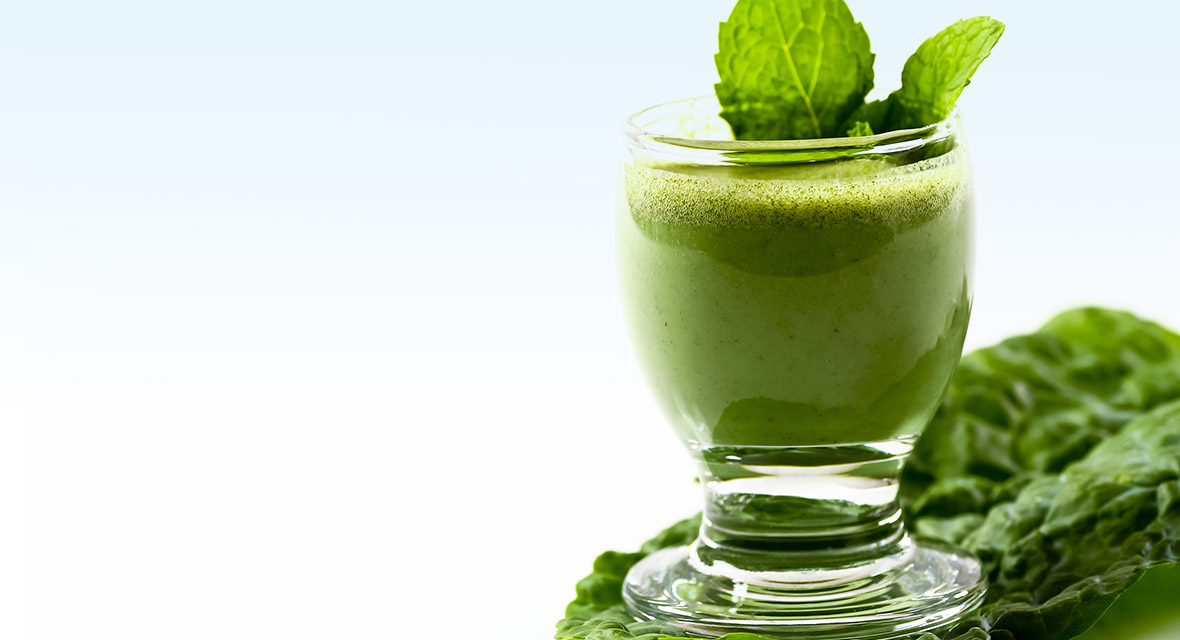Add kale to your diet!
If you follow food trends at all—whether by watching cooking shows, reading blogs or simply checking your news feed on various social media sites—you will surely have heard of kale. This vegetable has become a firm favourite for many people in recent years. Not yet been swept away by its wave of popularity? Here are some good reasons to add kale to your diet.
Considerable nutritional qualities
Kale is part of the cabbage family, which includes broccoli and cauliflower. These vegetables are all descended from a single plant cultivated for thousands of years, and each has its unique characteristics.
Like its cousins, kale is rich in compounds that may possess cancer-fighting properties. Glucosinolates are molecules found in most members of the cabbage family. Their power is unleashed only when you begin eating them, as though they have been waiting just for this moment! When you chew, the cells of the vegetable are broken down, liberating various composites. The glucosinolates then come into contact with an enzyme, transforming them into new molecules. It is these molecules that may have an “anti-cancer”role. Kale is among the most glucosinolate-rich members of the cabbage family, just after Brussels sprouts and collard greens.
Kale is also equal to collard greens as the best source of vitamin K. This vitamin is crucial to blood clotting and contributes to bone growth.
Cooking with kale
Kale has many health benefits, but you need to know how to eat it in order to make the most of its nutrients. Luckily, this vegetable is very versatile!
It can be eaten raw in a salad. Tougher than lettuce, its leaves benefit from being “massaged.” Place chopped and rinsed leaves in a bowl, then drizzle with olive oil and lemon juice. Massage gently with your hands for a few minutes—a bit like massaging someone’s shoulders. This breaks down the coarse fibres, making the leaves softer.
Kale can also be added to smoothies, such as in this recipe for a great post-workout snack.
Green Party Smoothie
Recipe adapted from the book Les Carnivores Infidèles by Catherine Lefebvre
Ingredients
- 2 cups (500 ml) unsweetened enriched soya drink
- 1 mango, peeled and diced
- 1 banana
- ½ cup (125 ml) pineapple, diced
- 1 cup (250 ml) kale, coarsely chopped
- ½ cup (125 ml) fresh mint
Preparation
- In a blender, reduce all the ingredients to make a smooth texture with an even consistency.
- Drink as soon as possible, as the mixture starts to oxidize and ferment in just a few hours.
One of the most popular ways to eat kale is as chips! Tear with your hands to make bite-sized pieces, place in a bowl, add a bit of olive oil and mix. Spread the pieces out on a cookie tray so they are not touching. Bake at 300°F (150°C) for about 15 minutes, or until the leaves are crispy. Add a pinch of salt or seasoning of your choice, and voilà—delicious chips. Tip: make more than you think you are going to eat, as they go fast!
Kale can be used to make pesto or in soups, and it can easily replace many other leafy vegetables, such as spinach, in recipes. So don’t hesitate to add it to your favourite dishes!
References
Catherine Lefebvre (2011) Les carnivores infidèles – 60 recettes végés pour tromper votre boucher.
Longueuil, Éditions Cardinal, 175 pages.
Richard Béliveau et Denis Gingras. (2005) Les aliments contre le cancer – La prévention et le traitement du cancer par l’alimentation.
Montréal, Éditions du Trécarré, 213 pages.
Health Canada. Canadian Nutrient File (CNF). [ONLINE] http://webprod3.hc-sc.gc.ca/cnf-fce/index-fra.jsp (Page retrieved November 3, 2013)












